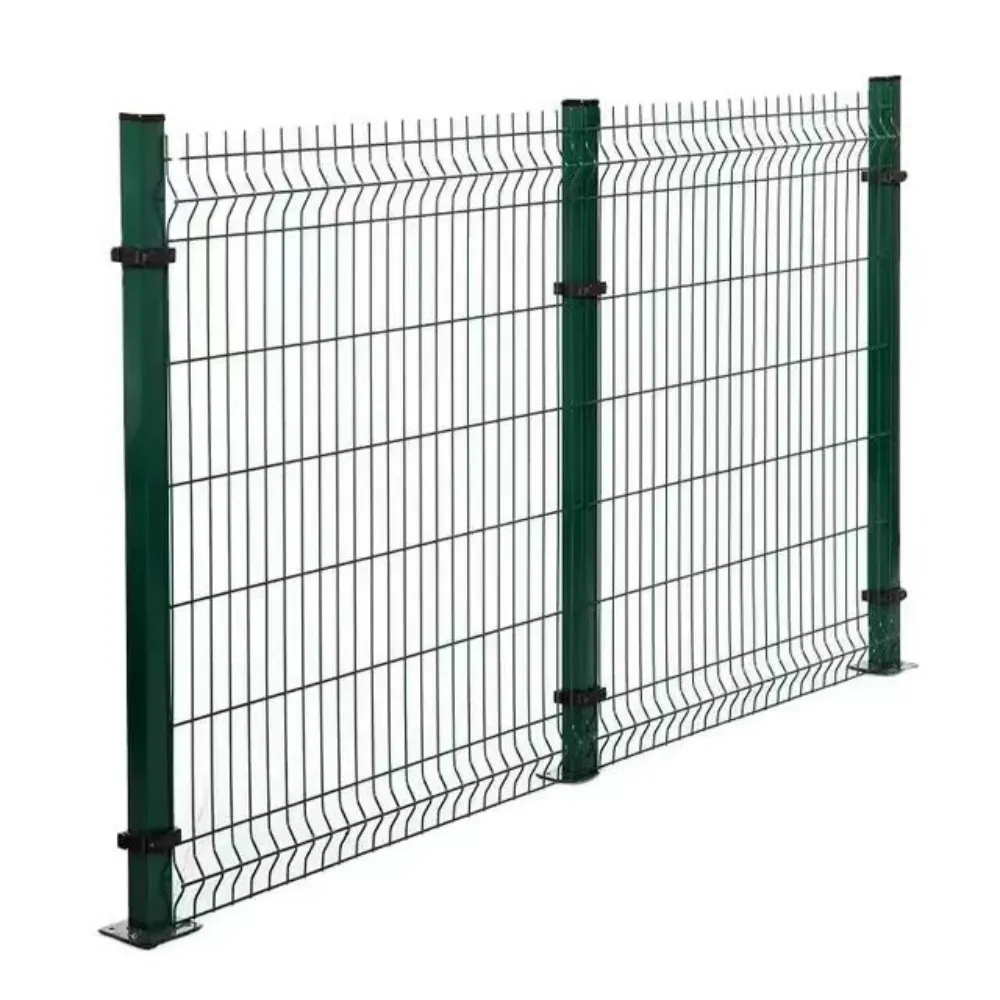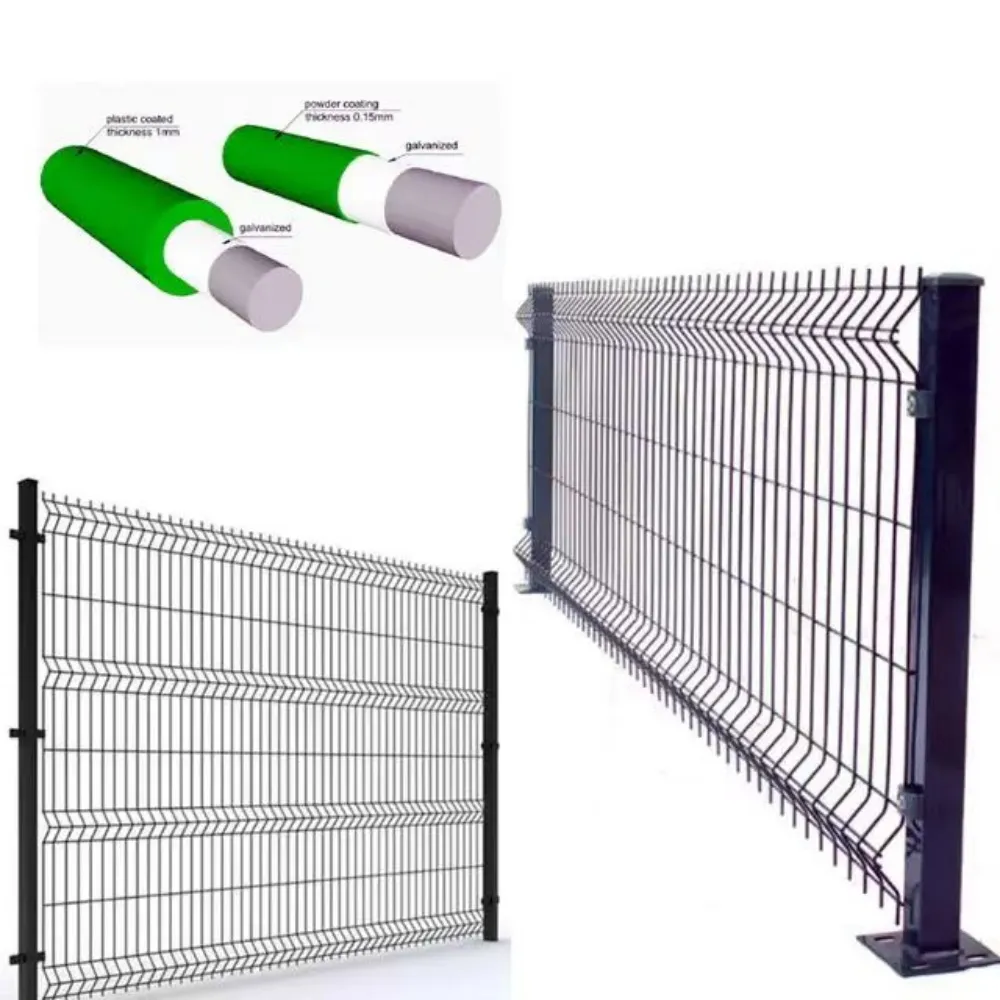Stainless Steel Barbed Wire: Why You Should Use It and Key Design Considerations
Barbed wire fences are widely used across various applications, from securing agricultural land to protecting high-security facilities. The use of stainless steel barbed wire, along with carefully designed barbed wire posts and fencing layouts, enhances both durability and security. This article outlines the benefits of using stainless steel barbed wire, how to buy the right materials, and design considerations for an effective barbed wire fence.

Why Use Stainless Steel Barbed Wire?
Stainless steel barbed wire is a highly durable and corrosion-resistant fencing material that offers several advantages over traditional galvanized steel barbed wire. Its long-lasting nature and resistance to harsh weather conditions make it an ideal choice for high-security applications, industrial use, and environments exposed to moisture or chemicals.
Key Benefits:
Corrosion Resistance:
Stainless steel is naturally resistant to rust and corrosion, making it suitable for outdoor applications where the wire is exposed to rain, humidity, or chemicals. Unlike galvanized wire, which may eventually rust, stainless steel barbed wire offers longer-lasting performance in harsh environments.
Durability:
Stainless steel barbed wire can withstand extreme weather conditions, such as heat, cold, and wind, without breaking down or weakening over time. Its durability reduces maintenance costs and the need for frequent replacements.
Strength and Security:
High-tensile strength stainless steel wire is extremely difficult to cut or tamper with, making it ideal for security applications where preventing unauthorized access is a priority. The sharp barbs provide an effective deterrent for intruders and wildlife.
Longevity:
Stainless steel barbed wire lasts significantly longer than other types of wire, making it a cost-effective investment for long-term security. This longevity is especially important in industrial or agricultural settings where reliability and low maintenance are essential.
When to Use Stainless Steel Barbed Wire:
- Coastal areas: Where the wire may be exposed to saltwater and moisture, which can corrode other materials.
- High-security facilities: Military bases, prisons, or industrial sites requiring maximum protection and strength.
- Long-term projects: Where replacing or maintaining fencing is difficult, and durability is key.

Barbed Wire Posts: Choosing the Right Support
The effectiveness of a barbed wire fence depends heavily on the quality and installation of barbed wire posts. These posts provide the structural support needed to maintain tension and prevent sagging or shifting of the barbed wire.
Types of Barbed Wire Posts:
Steel Posts:
- Durability: Steel posts are the most durable option for barbed wire fences, offering superior strength and resistance to weathering.
- Corrosion Protection: Choose galvanized or stainless steel posts to prevent rusting, especially in wet or coastal environments.
Wooden Posts:
- Cost-Effective: Wooden posts are often used in agricultural settings due to their affordability.
- Durability: Pressure-treated wood resists rot and decay, making it suitable for outdoor use. However, wooden posts may require more maintenance than steel posts.
Concrete Posts:
- Long-lasting: Concrete posts are highly durable and resistant to environmental damage but can be more expensive and harder to install than steel or wooden posts.
- Applications: Best used for large industrial fences or high-security areas that require extra support.
Spacing and Installation:
- Post Spacing: Typically, barbed wire posts should be spaced 10 to 12 feet apart. The closer the posts, the more secure and taut the fence will be.
- Tensioning: Proper tensioning of the barbed wire is crucial to preventing sagging or stretching. Ensure the posts are firmly anchored in the ground, and use tensioners to keep the wire tight.

Buy Barbed Wire: What to Consider
When looking to buy barbed wire, there are several factors to consider, including the material, gauge, number of barbs, and cost. Whether you are purchasing barbed wire for agricultural, residential, or industrial use, understanding these factors will help you select the best option for your needs.
Key Considerations:
Materjal:
- Stainless Steel: Offers the highest level of durability, corrosion resistance, and strength, ideal for long-term, high-security applications.
- Galvanized Steel: Provides a cost-effective option for general use with moderate corrosion resistance.
- Barbless Wire: An option for areas where you want a physical boundary without sharp edges, such as around livestock.
Wire Gauge:
- The gaugerefers to the thickness of the wire. Lower gauge numbers indicate thicker wire, which is more durable but also more expensive. Common barbed wire gauges range from 12 to 14.
- 12-gaugewire is thicker and stronger, suitable for high-security or heavy-duty applications.
- 14-gaugewire is thinner and may be better for smaller properties or agricultural use.
Number of Barbs:
- Barbs are typically spaced4 to 5 inches apart, though some types of wire have more frequent barbs for enhanced security.
- Longer and sharper barbsprovide better protection in high-security environments.
Cost:
- Stainless steel wire is generally more expensive but offers superior longevity. Galvanized barbed wire is a more affordable option for short-term or less demanding applications.
- Prices vary based on the material, gauge, and brand, typically ranging from $0.05 to $0.15 per foot for standard barbed wire and up to $0.20 or more for high-tensile or stainless steel options.

Barbed Wire Fence Design: Best Practices for Security and Protection
The design of a barbed wire fence greatly impacts its effectiveness. By considering factors such as wire placement, height, and the number of strands, you can maximize the security and protection offered by the fence.
Key Design Elements:
Height:
- Standard barbed wire fences are 4 to 6 feet However, for enhanced security, especially in industrial settings, fences may be built up to 8 feetwith additional overhangs or extensions.
Number of Strands:
- A basic barbed wire fence has 3 to 5 strandsof wire spaced evenly apart. For more security, you can add additional strands, with concertina or razor wire at the top for high-security installations.
Post Stability:
- Ensure that posts are securely anchored in the ground, especially for taller fences. Posts should be buried at least 2 to 3 feetinto the ground for stability.
Angled Extensions:
- For added security, angled extensions or arms can be installed on top of the fence. These extensions can hold additional strands of barbed or razor wire, making it harder for intruders to climb over.
Electrified Barbed Wire:
- Electrifying the barbed wire adds an extra layer of deterrence, providing both physical and psychological barriers against trespassing.
Best Uses for Barbed Wire Fences:
- Agriculture: Keeps livestock in and predators out, protecting valuable resources and animals.
- High-Security Areas: Military facilities, prisons, and industrial plants often use high-tensile or stainless steel barbed wire to secure their perimeter.
- Residential Boundaries: Can be used to protect residential properties, although lower-profile options like barbless wire may be more suitable for some neighborhoods.

Stainless steel barbed wire offers unparalleled durability, corrosion resistance, and security, making it an ideal choice for industrial, agricultural, and high-security applications. Choosing the right barbed wire posts, understanding where to buy high-quality wire, and designing your fence with optimal height, tension, and strand placement are crucial to ensuring maximum effectiveness. Whether you're protecting livestock, securing a perimeter, or setting up a boundary, barbed wire fences provide a reliable and cost-effective solution.
Contact us today for expert advice on stainless steel barbed wire, posts, and complete barbed wire fence solutions!
-
Space-Saving Chain Fence Hacks Vertical Gardening with Cyclone MeshAħbarijietJul.16,2025
-
Innovations in Iron Nail Wire Production for Modern ConstructionAħbarijietJul.16,2025
-
Creative Uses of Wire Netting Fence in Modern Landscape DesignAħbarijietJul.16,2025
-
Barbed Wire Fence Innovations in Anti-Climb TechnologyAħbarijietJul.16,2025
-
Architectural Uses of Umbrella Nails for Aesthetic Roof DesignsAħbarijietJul.16,2025
-
Architectural Uses of Razor Barbed Wire in Secure Urban DesignAħbarijietJul.16,2025




